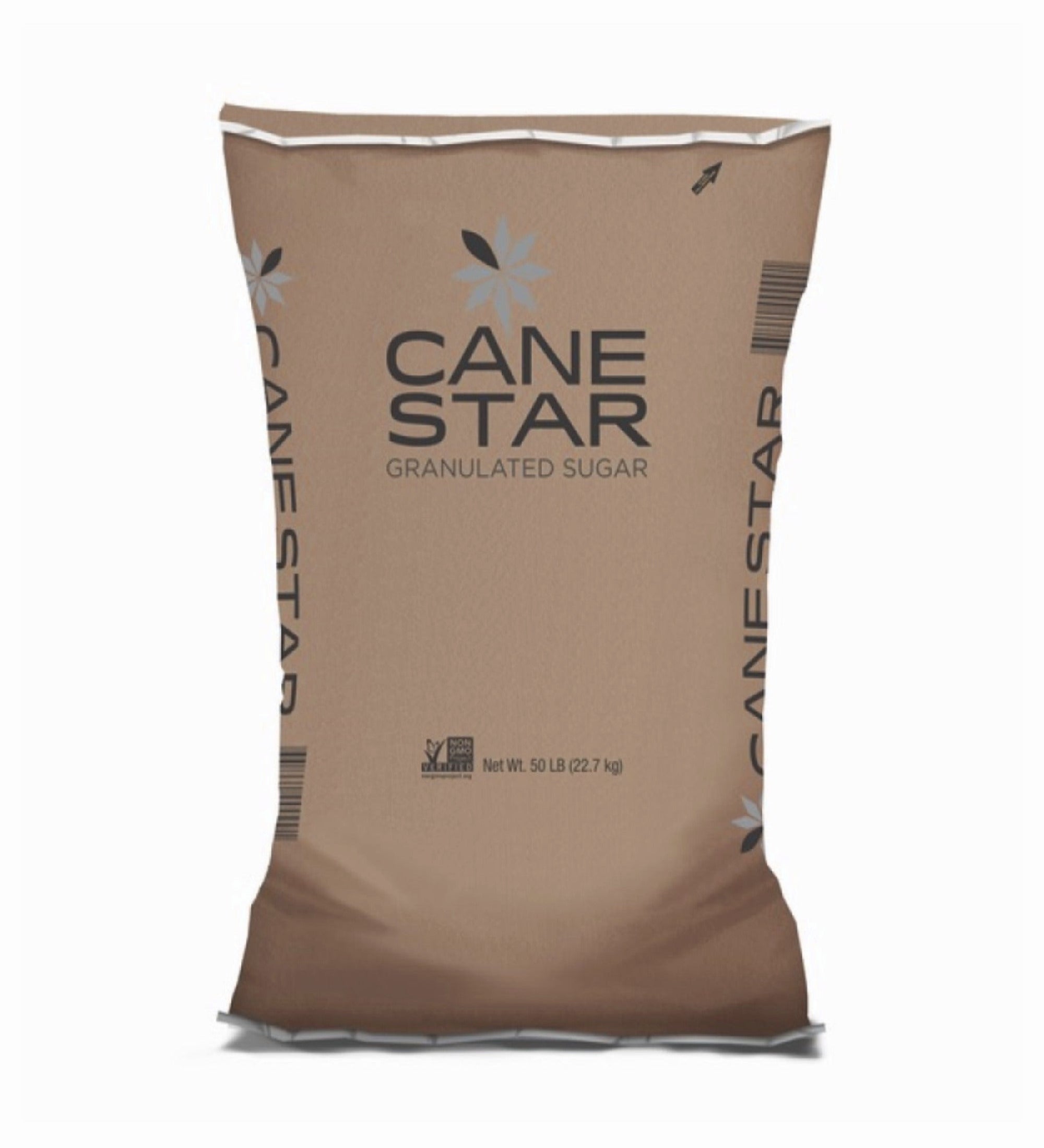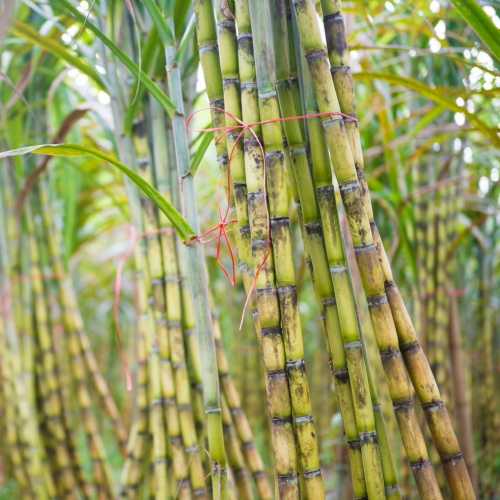A Thorough Guide to the Ecological Effect and Sustainability Practices in Cane Sugar Processing
The environmental effect of cane sugar handling presents an intricate range of difficulties that warrant cautious evaluation. From dirt degradation and too much water use to the carbon footprint connected with cultivation and manufacturing, the consequences of conventional practices are far-reaching. In contrast, the adoption of cutting-edge sustainability measures supplies a path towards a lot more accountable production techniques. Understanding the interplay in between these concerns is important for stakeholders in the market. What particular practices can be implemented to strike a balance in between performance and ecological stewardship? The responses depend on a more detailed consider both the obstacles and potential remedies.
Overview of Cane Sugar Handling
Walking cane sugar handling includes a series of systematic actions that change sugarcane right into refined sugar. At first, harvested sugarcane is moved to processing centers, where it goes through cleaning up to eliminate soil and particles. Following this, the walking cane is squashed to draw out juice, which is after that cleared up by getting rid of pollutants via heating and the addition of lime.
The made clear juice goes through dissipation, where water is removed to concentrate the sugar web content. This concentrated syrup is then taken shape through air conditioning, allowing sugar crystals to create. These crystals are separated from the continuing to be syrup utilizing centrifugation, causing raw sugar. To accomplish polished sugar, the raw product goes through more purification processes, which might consist of filtering and washing to get rid of continuing to be impurities and shade.
The end product is after that dried out and packaged for distribution. Throughout this entire procedure, maintaining effectiveness and quality assurance is necessary to guarantee the sugar fulfills industry standards. Each step in walking cane sugar processing not only contributes to the last item yet additionally has implications for resource usage and waste generation, setting the stage for discussions on sustainability and environmental impacts connected with sugar production.
Environmental Challenges of Production
The production of cane sugar presents several significant environmental obstacles that warrant focus. One key problem is the comprehensive use of agrochemicals, including plant foods and pesticides, which can bring about dirt destruction, biodiversity loss, and contamination of neighborhood water sources. The drainage from sugarcane fields frequently carries these chemicals into nearby environments, interfering with marine life and influencing the wellness of areas reliant on these water bodies.
An additional obstacle is the high power consumption associated with sugarcane processing. The boiling and refining stages need substantial warmth, primarily generated by melting nonrenewable fuel sources, adding to greenhouse gas exhausts. Furthermore, the expansive land location needed for sugarcane farming can lead to logging and habitat destruction, more worsening climate change and harmful wild animals.
Furthermore, the labor practices in some areas raise ethical worries, as workers might deal with poor working problems and insufficient incomes. This circumstance frequently perpetuates a cycle of hardship in local neighborhoods. Cane Sugar Processing. Addressing these ecological challenges is critical for establishing more lasting practices in walking cane sugar production, inevitably benefiting both the setting and the areas involved in this market
Water and Land Usage Impact
Water resources and land application are crucial parts in the walking cane sugar industry that dramatically affect the atmosphere. The farming of sugarcane requires considerable water input, with price quotes suggesting that it can take in as much as 2,000 litres of water per kilogram of sugar created. This extensive use water often causes deficiency of neighborhood water resources, affecting not only the sugarcane vineyards yet also surrounding environments and areas that depend on the very same water sources for farming and residential usage.

Additionally, land use for sugarcane cultivation can result in deforestation and the conversion of all-natural environments into monoculture plantations. This technique reduces biodiversity, interrupts neighborhood ecosystems, and adds to soil destruction. The growth of sugarcane fields usually encroaches on beneficial agricultural land, developing competition for resources in between food and biofuel manufacturing.
Sustainable methods, such as optimizing watering methods and implementing plant i thought about this rotation, are necessary to alleviate these impacts. By embracing a lot more reliable water usage and land management methods, the walking cane sugar sector can reduce its environmental impact, making certain an equilibrium between agricultural productivity and environmental conservation.
Greenhouse Gas Emissions
Greenhouse gas discharges stand for a substantial ecological concern within the walking stick sugar processing market, especially as farming methods broaden to satisfy international need. The farming of sugarcane, a plant that flourishes in tropical climates, relies heavily on synthetic plant foods and pesticides, which add to nitrous oxide emissions. Additionally, land-use modifications, including deforestation for new sugarcane haciendas, launch co2 stored in greenery and soil.
Throughout handling, power intake is one more significant resource of greenhouse gas exhausts - Cane Sugar Processing. Lots of sugar mills use fossil fuels to power equipment and create warmth, causing substantial carbon impacts. Additionally, the transportation of raw sugarcane and ended up items adds layers of exhausts via gas burning in cars
This involves examining existing agricultural methods, refining methods, and transportation systems why not check here to recognize locations for improvement and mitigation. Resolving greenhouse gas exhausts is essential for promoting an extra lasting cane sugar industry in an altering environment.

Lasting Practices and Innovations
Sustainable practices and technologies are progressively vital in the walking cane sugar processing sector as stakeholders seek to lower environmental influences while preserving productivity. One considerable advancement is the execution of integrated plant management, which enhances resource usage by combining soil monitoring, insect control, and crop turning techniques. This strategy improves return while reducing chemical inputs and maintaining soil health.
Furthermore, the fostering of sustainable power resources, such as biomass from sugarcane residues, has actually gained grip - Cane Sugar Processing. By converting waste products right into energy, refining facilities can minimize their reliance on nonrenewable fuel sources, therefore lowering greenhouse gas discharges
Water monitoring practices have actually additionally seen improvements via the recycling and reusing of water in processing plants, substantially reducing freshwater usage. Technologies in technology, such as precision agriculture, make it possible for farmers to monitor crop health and wellness and source usage a lot more effectively, making sure sustainable cultivation methods.
In addition, qualification programs like Fair Trade and Jungle Partnership encourage eco responsible farming methods and advertise social equity within the supply chain. By embracing these sustainable techniques and technologies, the walking stick sugar handling market can boost its durability and add favorably to environmental stewardship.
Conclusion
The environmental impact of walking stick sugar processing offers substantial challenges, consisting of soil deterioration, high water consumption, and greenhouse gas exhausts, together with ethical worries associated to labor methods. Dealing with these concerns via lasting find more information methods, such as integrated crop management, renewable energy fostering, and water recycling, is important. By promoting eco accountable and socially fair techniques in sugar manufacturing, the market can minimize its unfavorable results, ensuring an extra sustainable future for both neighborhoods and communities associated with this industry.
Walking stick sugar handling involves a series of methodical steps that change sugarcane into polished sugar. Each step in cane sugar handling not only adds to the last product but additionally has effects for source usage and waste generation, establishing the phase for discussions on sustainability and ecological impacts linked with sugar manufacturing.
Greenhouse gas discharges stand for a significant ecological problem within the walking stick sugar handling industry, specifically as farming techniques increase to fulfill worldwide need.Sustainable practices and developments are increasingly vital in the walking stick sugar processing market as stakeholders look for to minimize ecological impacts while keeping performance.The environmental influence of walking cane sugar processing offers considerable challenges, including soil destruction, high water usage, and greenhouse gas discharges, together with ethical issues associated to labor techniques.
Comments on “Cane Sugar Processing: Trick Technologies for Superior Sugar Production”